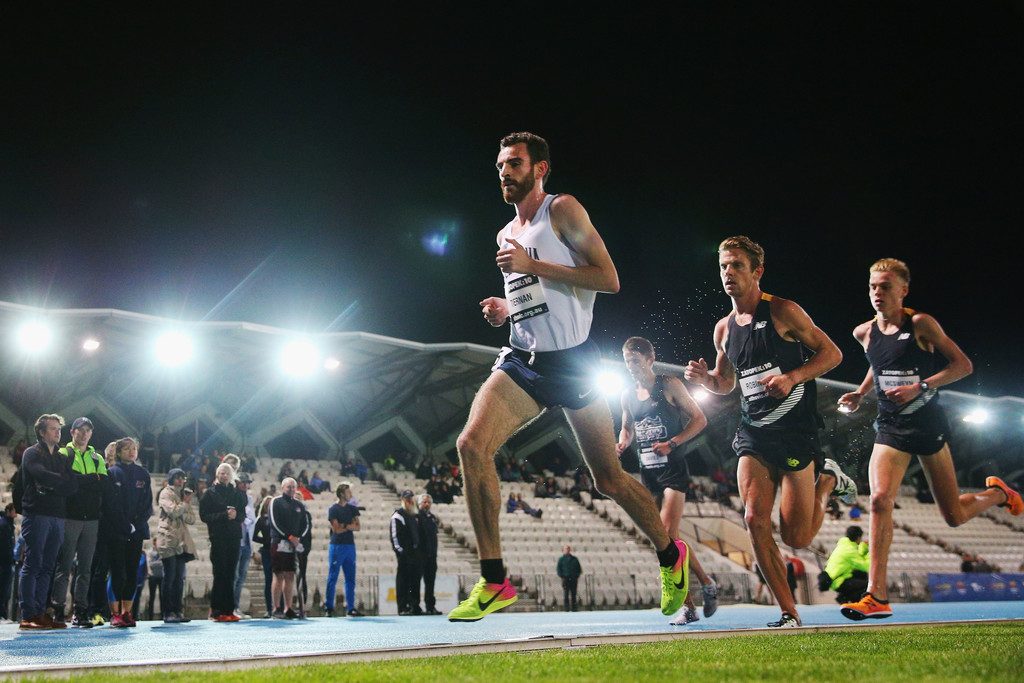Actually, that’s a mis-speak. There is no such thing as half a team: the decision is to send NO team at all, just two individuals. Full teams of six for senior men, junior (U20) men and junior women but just two senior women.
To be fair, the senior women’s race was probably the weakest of the selection trials held in Canberra on 1 March. Just 12 entrants, avoided like the plague by many potential team members and the third across the line subsequently declared unavailability for the championship in Belgrade on 30 March.

And only the fact that Patrick Tiernan, who was given exemption from the trial, declared his availability to run in Serbia may have saved the senior men’s team from a similar fate. Tiernan finished thirteenth in his only previous world cross-country in 2017. Presumably the selectors have decided that a competitive women’s team could not be selected but it is hard to see that the bottom half of the men’s team is significantly stronger than the extra runners who could have joined trials first and second placegetters Paige Campbell and Melissa Duncan.
The selectors can argue they have stuck with the criteria which state that individual selections should be capable of finishing in the top 24 and team – minimum of four scoring athletes, maximum of six – in the top six. First and second in the trial were automatic. For reference, both the senior men and senior women finished fourth in Bathurst last year and the senior women were fifth in Aarhus in 2019.

So, yes, there is a case to not select. But in a sport which places emphasis in other selections on inclusiveness and continuity of representation, coming the year after Australia staged a successful world cross-country, this is not a good look.
To say the least.
The other reason so many of Australia’s top distance runners were unavailable is presumably the proximity of the world cross-country to the national championships. The cross-country is on 30 March, the senior events at the nationals are 11-14 April, an uncomfortably short turnaround.
Whatever the reasons, the compelling statistic is that of the 12 men and women who represented Australia in the individual races in Bathurst, just one – Andre Waring, who was a late inclusion on the morning of the race in Bathurst – declared availability for Belgrade. None of the four in the bronze medal mixed relay were available either.
The clash of dates was beyond anyone’s control. Instead, it reflects the problems which seem to be chasing the world cross-country around presently. Bathurst was held on 18 February, Croatia’s event in Medulin was set down for 10 February. The announcement that Belgrade would step in to host came with the news of the date change to 30 March.
Ironically, this was the sort of date clash Australia regularly faced in its early years of world cross-country participation. Back then it was mostly solved by staging the 10,000 metres at the annual Zatopek meeting and the 5000s at either the Sydney or Melbourne domestic meetings. But at short notice in September 2023, it proved to be an immovable obstacle.
It is, however, emblematic of the inability of World Athletics to settle on a plan for world cross-country. The original idea with February timing was to establish a focus for the cross-country season away from both the world indoor championships and clear of the major spring marathons.
But the (next) 2026 championships have already been allocated to Tallahassee in Florida USA on 10 January. Yet another major date change. And we may not have found an anchorage yet. In his end-of-2023 media conference, Sebastian Coe said as much before floating yet another possibility.

Longer-term, Coe said, “we have actually looked at maybe rescheduling the World Cross Country Championships to before Christmas — we’ve discussed this with the European Athletics Association — and having a critical mass of cross country in the lead-up to Christmas, clearing the indoor season, giving that a bigger space to breathe. Often our World Cross Country has come quite hot on the heels of [a World Indoor Championships]. And there are plenty of people that want to do endurance events indoors that may also want to run cross country. We wouldn’t want to prevent that. That’s the current thinking.”
If that’s the current thinking, we are in a muddle. All that’s lacking is someone saying: “you know, it’s so crazy it just might work.”
Maybe it would, too. What just might work, it seems to me at any rate, is a plan for cross-country that we stick with long enough to see if it does work whether that’s the traditional model of a season climaxing with a world championship at the end of the northern hemisphere winter, salvation by getting cross-country back in the Olympics, or some other option altogether.
After all, everybody does cross-country be it through school, club, masters, trail running, Park Run. There must be a way to make that work at the very highest levels.
(This column has been corrected to acknowledge that Andre Waring did race in Bathurst last year. Waring was a late replacement for an injured athlete.)